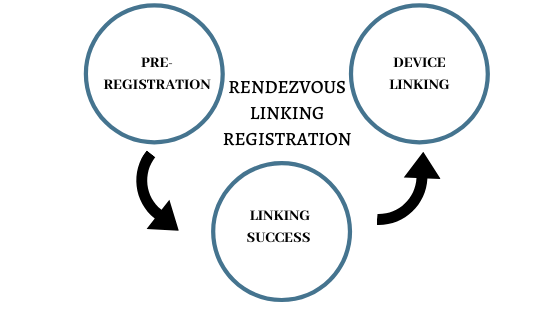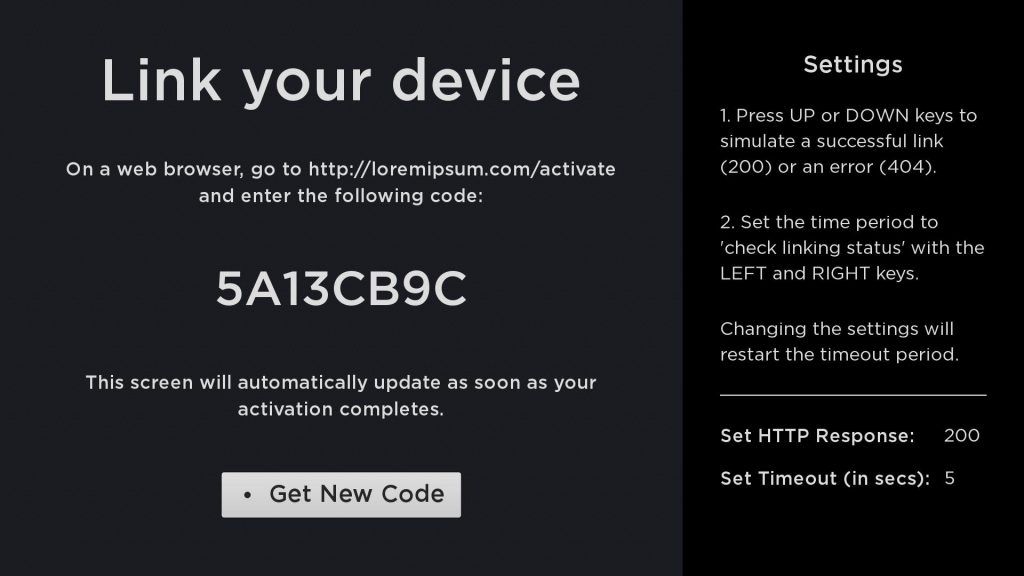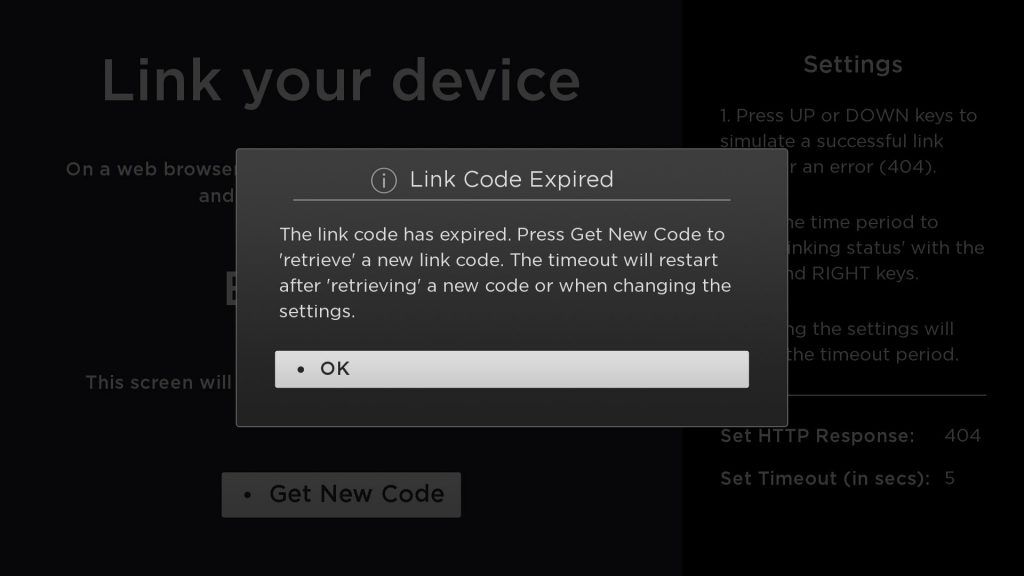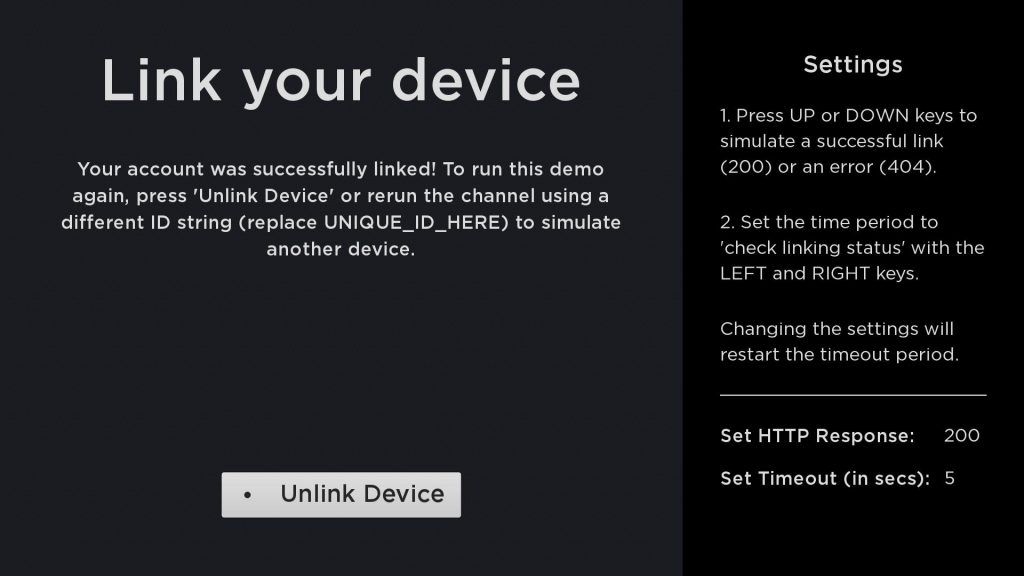How Rendezvous Linking Registration Works in ROKU?

4 Way Technologies is one of the leading Roku Application Development companies across the globe. We provide a comprehensive end-to-end software solution and help you in developing highly scalable, feature-rich, growth-oriented, and powerful applications as per the requirements and needs of your business.
There are many different ways of linking a Roku channel with an online account. One of the easiest and most fun is rendezvous-style linking registration, developed by Roku developers to benefit the ARM developers. In Rendezvous, linking a channel displays a code to the user and asks them to use the computer to enter that Roku linking code into a website to complete the Roku registration process.
This blog deals with the process of Rendezvous linking registration on the ROKU Channel.
So, let us start!
Introduction
Rendezvous linking is the typical flow and API used for registering and linking a device to an authentication service. The primary and recommended method for linking a device involves 3 main steps that combine to form rendezvous-style linking.
The steps are as follows –
- The channel presents a short on-screen Roku registration code on the device.
- The user links the devices by inserting the registration code, provided on the provider’s website/service.
- After the Roku linking code gets confirmed by the service to be correct then a token is issued to the Roku device. Once the token has been downloaded on the device, then a pop-up comes with a congratulations message on the channel allowing the user to access the video service. Afterward, every time the channel gets launched the verification of the token takes place automatically.
In this way, rendezvous linking registration takes place for the user; entering the code, again and again, isn’t required. for develop a roku app developers keep it simple for the users as well as for the ARM developers.
You should also read about the Roku Advanced Layout Editor
How Does Authentication Flow?
Many activities between the device and the provider server perform the authentication. The steps are as follows:
1. Pre-Registration:
- First, the Roku device sends a “pre-registration” request to the server.
- The server produces a short Roku registration code and makes an entry in the database linking the code with the temporary request for linking.
- The Roku device receives the response made and shows the Roku linking code to the user.
2. Device Linking:
- The Roku device starts making a series of “link” requests to the server.
- The server replies to the link request with a “not completed” code till the user successfully enters the right and complete code into the website, or either the code expires.
3. Linking Success:
- When the user successfully enters the Roku linking code and other required credentials on the provider website, the server re-links the code with the user’s real account.
- Whenever the next time Roku device makes a “link” inquiry, the server acknowledges with a permanent code(token) that can be used to access the user’s account every time the user requests.
Every subsequent API request uses this token to uniquely identify the user and the linked device. A request can be made anytime as HTTP GET with values in parameters, or HTTP POST with values in the body of the request, for example, like XML or JSON. The Roku development team makes it far too easy.
Step 1: Pre-Registration

Response:

Step 2: Device Linking
This step is basically about keeping a check on the Roku registration process, to examine whether the user is able to enter the Roku linking code successfully on the provider’s website to link his/her Roku device. This particular step is about checking the status of the device at a specified time interval (retryInterval) from the point when pre-registration request was made until a successful response is received or either the maximum retry time (retryDuration) has passed. An example of the request/response is illustrated below in XML format:
Link Request:

Intermediate Response:


The device linking request can fail because of various reasons, like:
- Missing or incorrect Roku registration code.
- Expired code.
- The issues with the customer account (e.g. not registered, hold, etc.).
You should also read about the How to Integrate Google Analytics for Roku Application?
Step 3: Linking Success

The final step after successful linking of the device is to send a token (rather than an opaque string) back to the Roku device that will be written on the channel’s registry. This token can be used by the user/viewer to perform further desired operations on the server like play media or games and much more. Afterward, every time the channel is launched the service will match the token.
This token is the identifier for the account on the server, not the device serial number. This thing makes it easy for the user to unlink a device from an account just by removing that particular channel or she/he can simply factory reset the device which will also result in the token being lost hence, unlinking the device.
Final Response:

Conclusion
We hope you will find this article helpful. Now that you have understood the complete process of how Rendezvous linking registration works in ROKU, you will be easily able to take part in the Roku application development process after going through this article. However, if you still face some issues, feel free to contact 4 Way Technologies for a complete Roku-based software solution.

A freelancing blogs and e-books writer who keeps you up with the trending technologies and user guides. A blogger who is currently a post-graduate living in United Kingdom and trying to make her niche as a Data Scientist. Before taking a deep dive into the "Data-World", she got a Bachelor's Technology degree in Computer Science and has always dreamed of writing as a kid which inspired her to write wonderful content with the right amount of technical terms to make it easy for the beginners and as well full-fledged developers to grasp a hold onto the computer technologies.